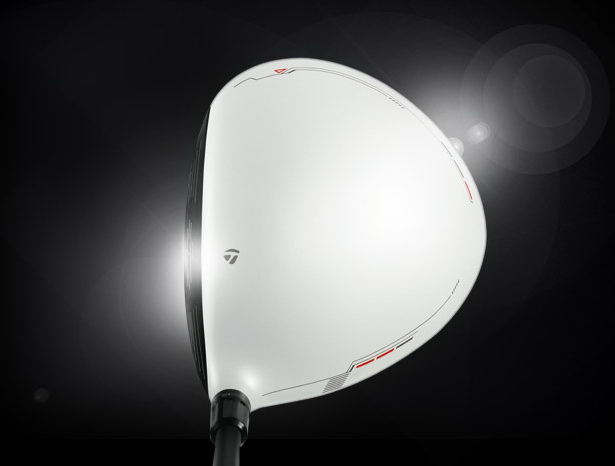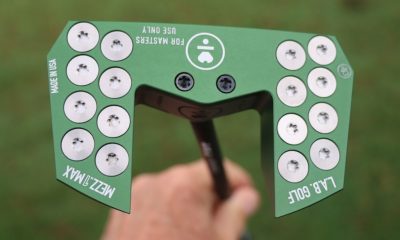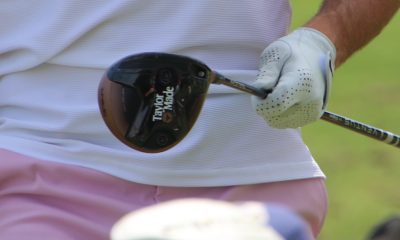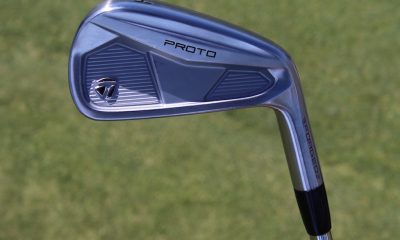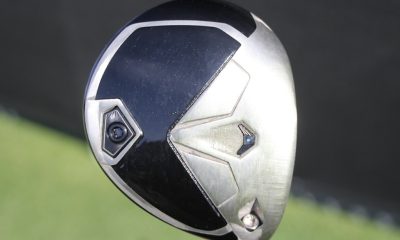Equipment
Why White Worked for TaylorMade
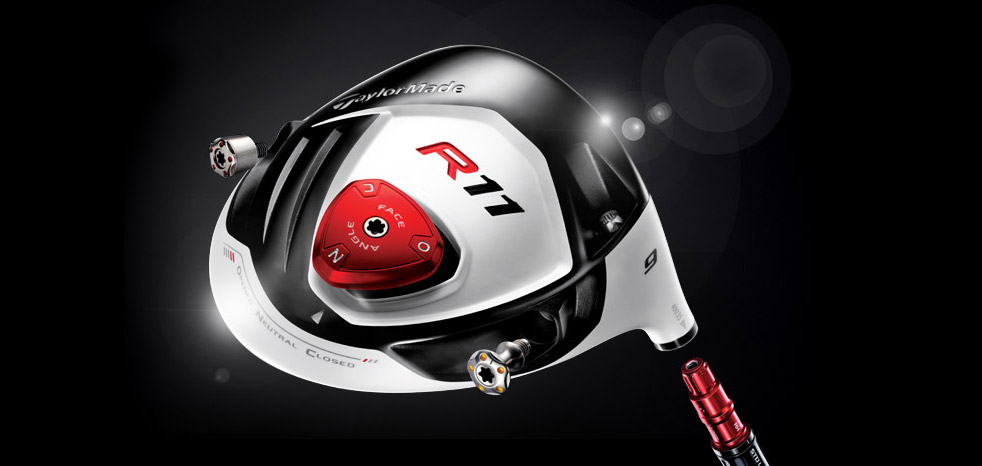
By Zak Kozuchowski
GolfWRX Staff Writer
What company has the best new driver? Ask the three players in your foursome, and you’ll probably get three different answers. But if you ask them which company has the most recognizable new driver, they’ll all probably say TaylorMade.
The arrival of TaylorMade’s new line of drivers last January created more buzz than any other line of drivers for one reason – they were painted white. Six players debuted white TaylorMade drivers in the PGA Tour’s first event, the Hyundai Tournament of Champions at Kapalua. And it wasn’t players hoping that a change of scenery over the ball would spark their games, either. It was some of the best players in the world: Jason Day, Dustin Johnson, Justin Rose and Camilo Villegas.
Then players started winning with white drivers. World No. 1 Luke Donald won the WGC Accenture Match Play Championship in February with an R11. Rory Sabbatini won with an R11 the next week at The Honda Classic. In all, 10 players won on the PGA Tour using a white TaylorMade driver, including Darren Clarke at the British Open, giving a white driver its first major championship win. The TaylorMade R11 became the No. 1 driver on the PGA Tour, and the No. 1 selling driver in the United States with a peak market share of 21.68 percent in February.
<<<< Click here to see the discussion in the forums >>>>
Like most successful products, development of a non-traditional colored driver began years ago. Sean Toulon, executive vice president of TaylorMade product creation, played rounds of golf with a fluorescent yellow driver as early as 2004, shortly after TaylorMade introduced another revolutionary driver, the R7. The R7 was the first driver that allowed golfers to quickly and easily make changes to the weighting of the club head. Golfers could move the weight forward, back, and toward the heel and toe to optimize their launch angle, spin rate and directional bias. Within weeks of its release, Sergio Garcia won twice with it. The R7 became the No. 1 driver on Tour and the number one selling driver in the United States with a 10 percent market share. It also became the first driver to be featured the cover of Golf Digest. Lead tape sales have suffered ever since.
As early as 2006, TaylorMade staff players were testing drivers with colors much different than the standard black and greys. There was red, orange, fluorescent yellow, and of course, white. But at that time, a color change was still not a priority at TaylorMade, according to Toulon. In 2009, TaylorMade released another No. 1 driver on Tour, the R9, which gave a golfer the ability to quickly change a club’s shaft, face angle, loft and lie. But this technology presented a new challenge for TaylorMade club designers.
With the R9, and many of the adjustable drivers that followed, changing one variable meant changing several others as well. For example, if a golfer changed the face angle of an R9 to the closed position, he or she would also add loft to the club. If a golfer changed the face angle to open, he or she would also decrease loft on the club.
“We had to solve the riddle,” Toulon said. “If we change one variable, we don’t want to have all these other variables change. We had to decouple these technologies.”
While the R9 became another top-selling driver for TaylorMade, Toulon and many others at TaylorMade felt that it underachieved. Despite the new technology, the sales of the R9 were essentially unchanged from those of the R7. By 2010, Toulon knew the R11 would be the best driver TaylorMade had ever produced. But it had to be different – it had to be anything but black.
Inspiration for the R11’s white color came from an unlikely source, a putter. Bill Price, senior director of Rossa, TaylorMade’s putter division, was working on a line of putters that would help golfers aim better. With the help of an eye doctor, Price figured out that putters with a matte white finish not only reduced glare, but because of the contrast between white paint and black alignment lines, they helped golfers aim better.
“There was real benefit on a putter for white, what an eye looks at and what the eye focuses on,” Toulon said.
The idea made even more sense for a driver. In putting, poor alignment might move a putt two to three inches off line. Because of the increased speed with a driver, poor alignment can send a ball 20 to 30 yards off line or more.
There’s quite a bit of science behind the white paint that goes on TaylorMade drivers, but with white Toulon also saw an opportunity for the company to differentiate itself from its competitors. TaylorMade wasn’t the first company to unveil a white driver (Ian Poulter used a white Cobra Limited Edition ZL driver in November 2010, two months before the release of TaylorMade’s white drivers), but it was the first company to build an entire marketing campaign around a white driver.
TaylorMade’s sales rely heavily in the pyramid of influence, the idea that golfers will follow the lead of the best players in the world when purchasing equipment. The company’s staff players told Toulon how much they loved the white drivers, so he knew white drivers would be in nearly all their bags when they were released. He also knew that for players like Justin Rose, the R11 offered adjustability that had never been possible before.
Rose told TaylorMade club fitters that he wanted a driver that had an opened face angle, but offered a left directional bias. Just a few years ago, the request would have boggled a club fitter. But with the R11, Rose’s request became a possibility. The R11 features an adjustable sole plate that allows golfers to change the face angle by two degrees. By rotating the sole plate to the open position, club fitters were able to give Rose the look he wanted. They could then adjust the face angle and head weighting until they got the left bias Rose wanted.
What to expect in 2012
White is here to stay for TaylorMade, and the company’s 2012 product line will prove that. TaylorMade will release new drivers, fairway woods and rescues in February that will only be available in white. Look for the new line to be used by PGA Tour players before that time. Toulon called the performance of the new line dramatically better, saying it “absolutely obliterates” the 2011 line.
At a TaylorMade photo shoot at Reynolds Plantation in Greensboro, Ga., Toulon said that Dustin Johnson hit the company’s new three wood 317 yards off the ground. Sean O’Hair was averaging 300 yards with the club, and Natalie Gulbis picked up 20-22 yards. According to Toulon, the average distance added by TaylorMade staff players was more than 25 yards.
TaylorMade’s Ghost putters will also see an update, with more belly putters, more long putters and more mallet designs. Toulon said the company has fixed a problem that caused last year’s line of Ghost putters to appear slightly larger than the company intended. The white paint used for the Ghost line is relatively thick, which caused some of the shapes and lines of the putters to be hidden.According to Toulon, the 2012 models will look much more crisp and precise. TaylorMade will also cease production of its EST 1979 putter series, meaning that TaylorMade’s 2012 lineup will include only white putters.
<<<< Click here to see the discussion in the forums >>>
- LIKE1
- LEGIT0
- WOW0
- LOL0
- IDHT0
- FLOP0
- OB0
- SHANK0
Whats in the Bag
Kris Kim WITB 2024 (May)

- Kris Kim what’s in the bag accurate as of the CJ Cup Byron Nelson. More photos from the event here.
Driver: TaylorMade Qi10 (9 degrees @7)
Shaft: Mitsubishi Tensei 1K White 60 TX
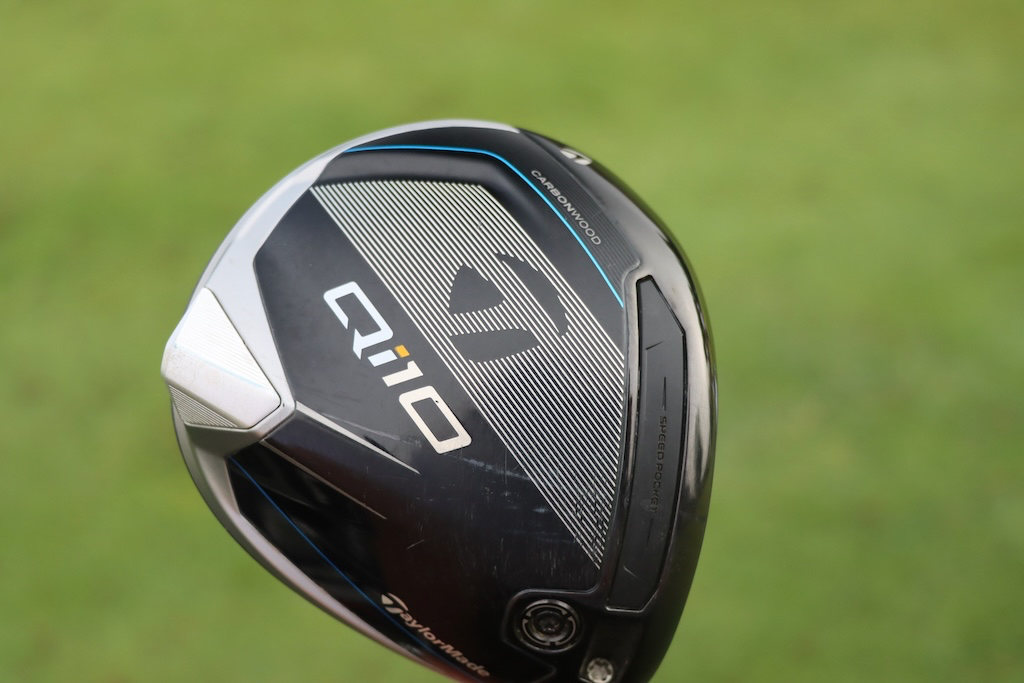

3-wood: TaylorMade Qi10 Tour (15 degrees @13.5)
Shaft: Mitsubishi Diamana WB 73 TX
Irons: TaylorMade P770 (2, 4), TaylorMade P7MB (5-PW)
Shafts: Mitsubishi Tensei 1K White 80 TX (2), Nippon N.S. Pro Modus3 Tour 120 X
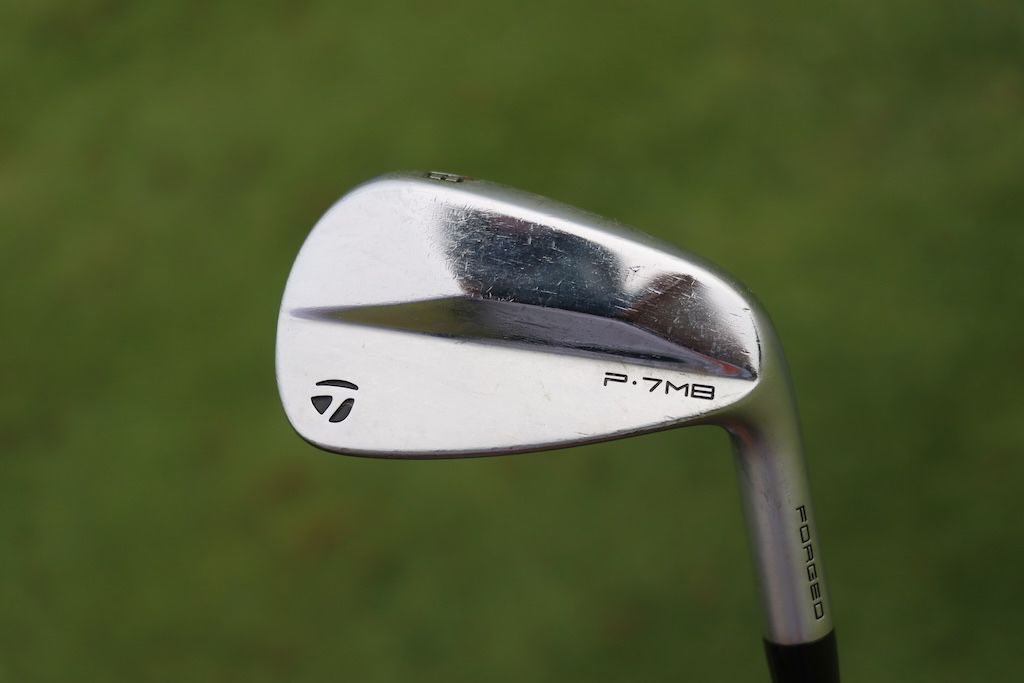

Wedges: TaylorMade MG4 (50-09SB, 56-12SB, 60-11TW)
Shafts: Nippon N.S. Pro Modus3 WV 125
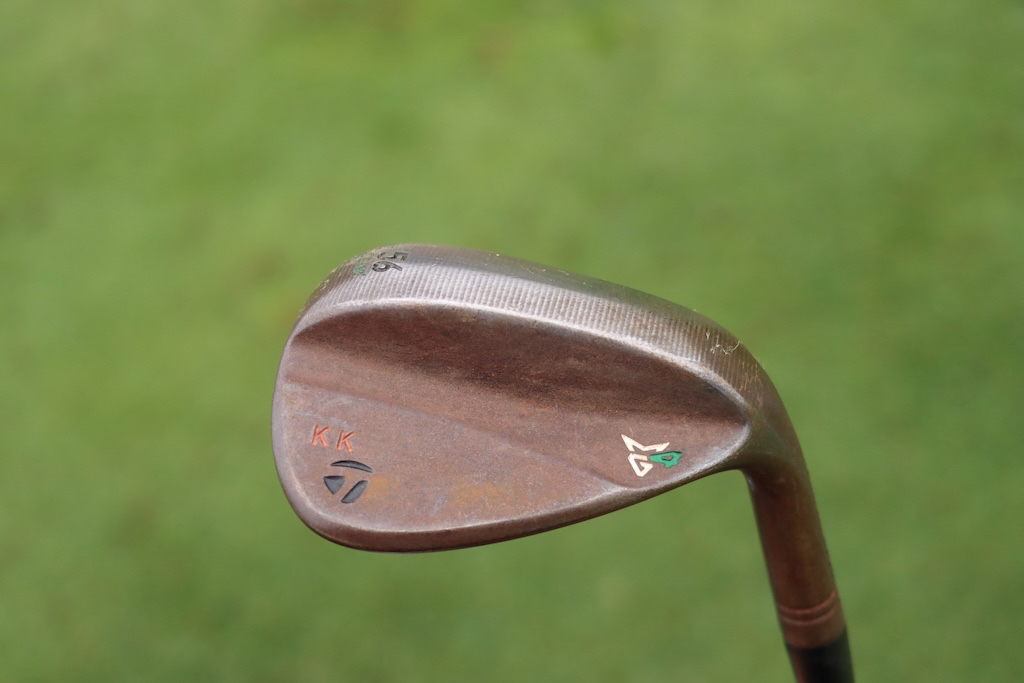

Putter: TaylorMade Spider Tour
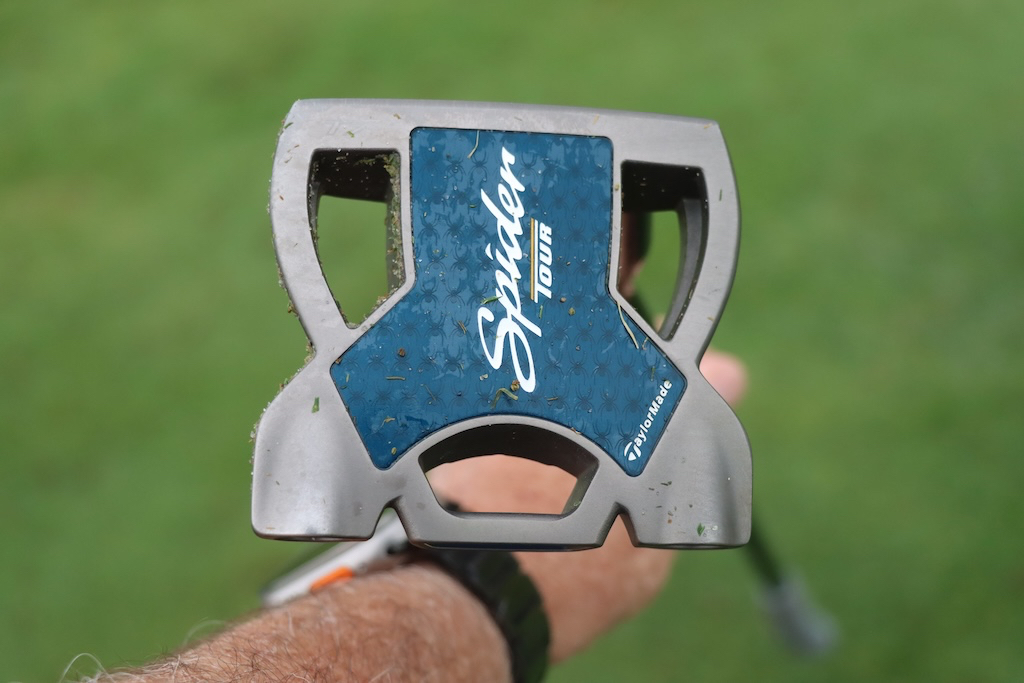
Grips: Golf Pride Tour Velvet Cord
Check out more in-hand photos of Kris Kim’s equipment here.
View this post on Instagram
- LIKE1
- LEGIT0
- WOW0
- LOL0
- IDHT0
- FLOP0
- OB0
- SHANK0
Equipment
Welcome to the family: TaylorMade launches PUDI and PDHY utility irons
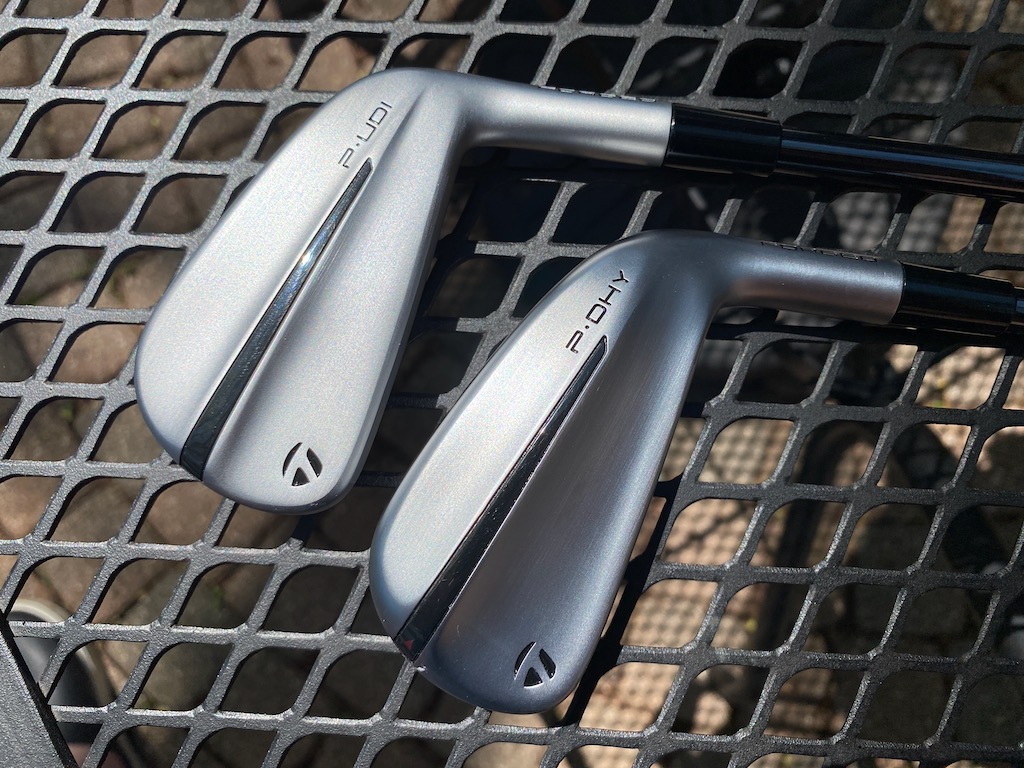
TaylorMade is continuing its UDI/DHY series with the successor to the Stealth UDI and DHY utility irons: PUDI and PDHY (which the company styles as P·UDI and P·DHY). TaylorMade is folding the designs in with its P Series of irons.
TaylorMade outlined the process of developing its new utilities this way. The company started with the data on utility iron usage. Not surprisingly, better players — i.e. those who generate more clubhead speed and strike the ball more precisely — were found to gravitate toward the UDI model. DHY usage, however, covered a wider swath than the company might have expected with six-to-18 handicappers found to be bagging the club.
TaylorMade also found that the majority of golfers playing UDI or DHY utilities were playing P Series irons at the top of their iron configurations.
Can you see where this is going?
Matt Bovee, Director of Product Creation, Iron and Wedge at TaylorMade: “As we look to the future, beyond the tech and the design language, we are excited about repositioning our utility irons into the P·Series family. P·UDI is an easy pair for players that currently play P·Series product and P·DHY is an extremely forgiving option for players of all skill levels. It is a natural fit to give these players the performance in this category that they are looking for.”
View this post on Instagram
TaylorMade PUDI
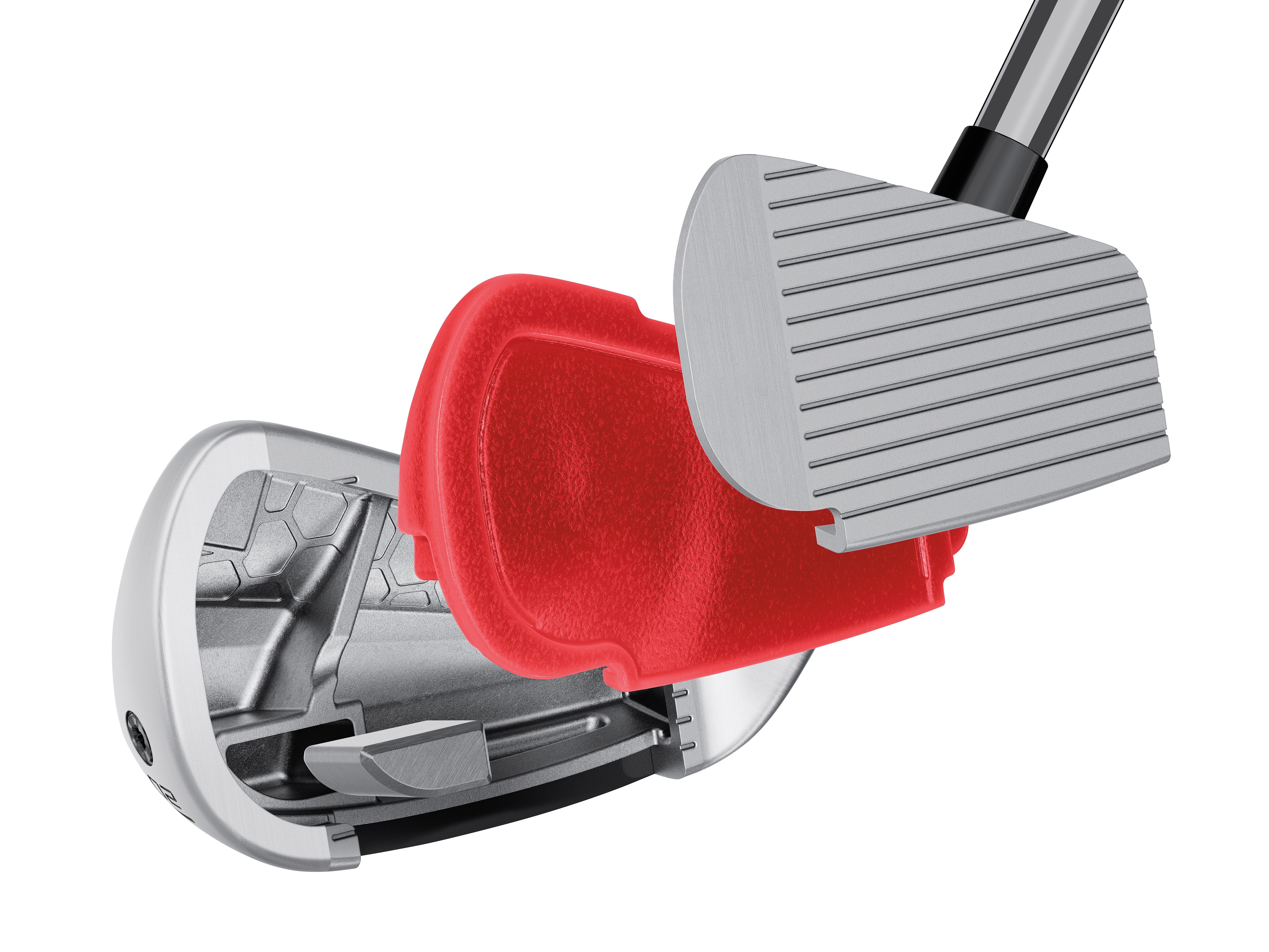
TaylorMade PUDI technology cutaway (via TaylorMade)
Crafted with tour player input, TaylorMade sought to develop a confidence-inspiring utility iron that blends with the rest of the P Series irons. Also of note: Interestingly, the PUDI has a more compact head than the P790.
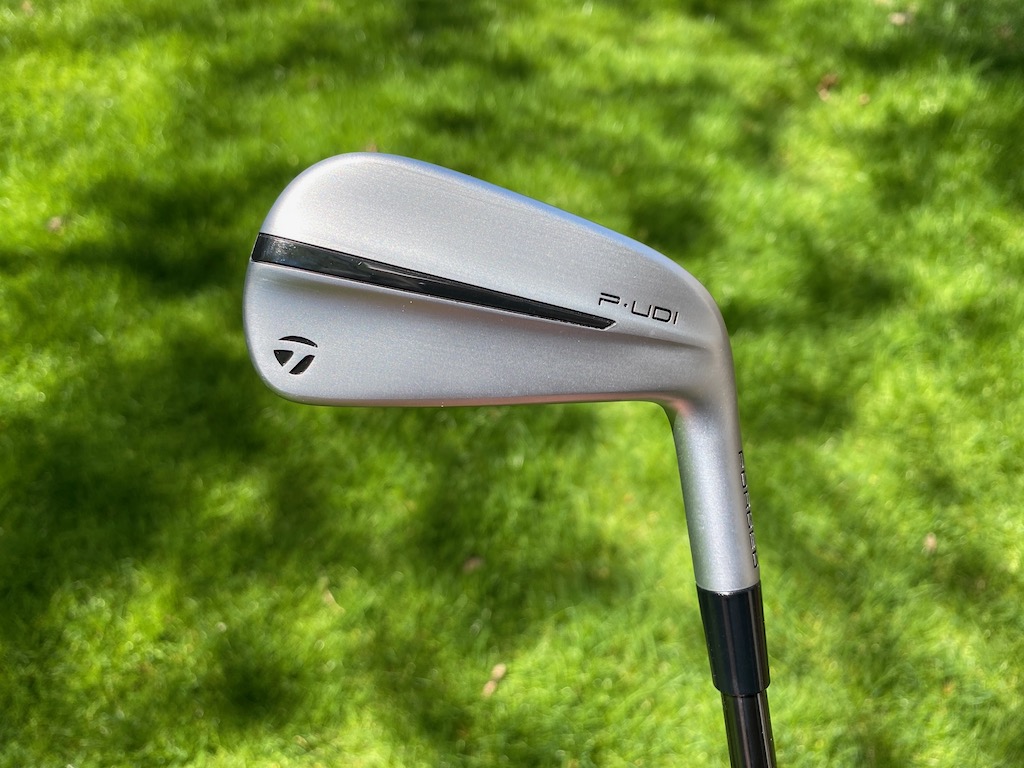
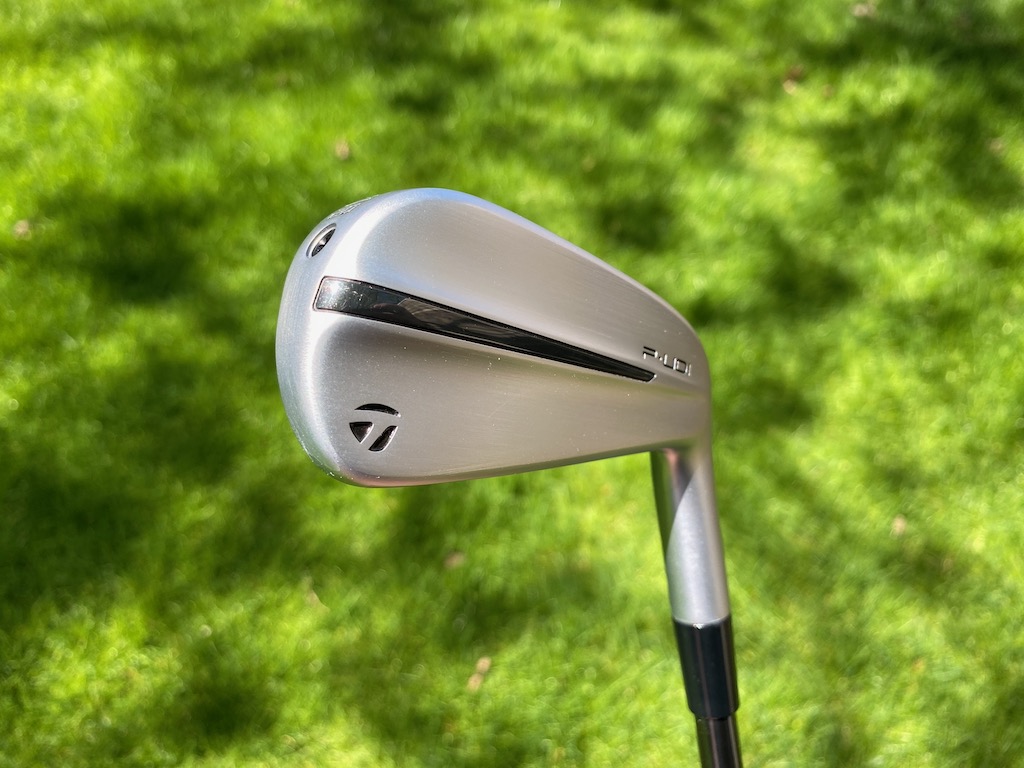
In comparison to past UDI products, the PUDI has a more traditional iron shape, slimmer toplines, and less offset with a little of the backbar visible at address.
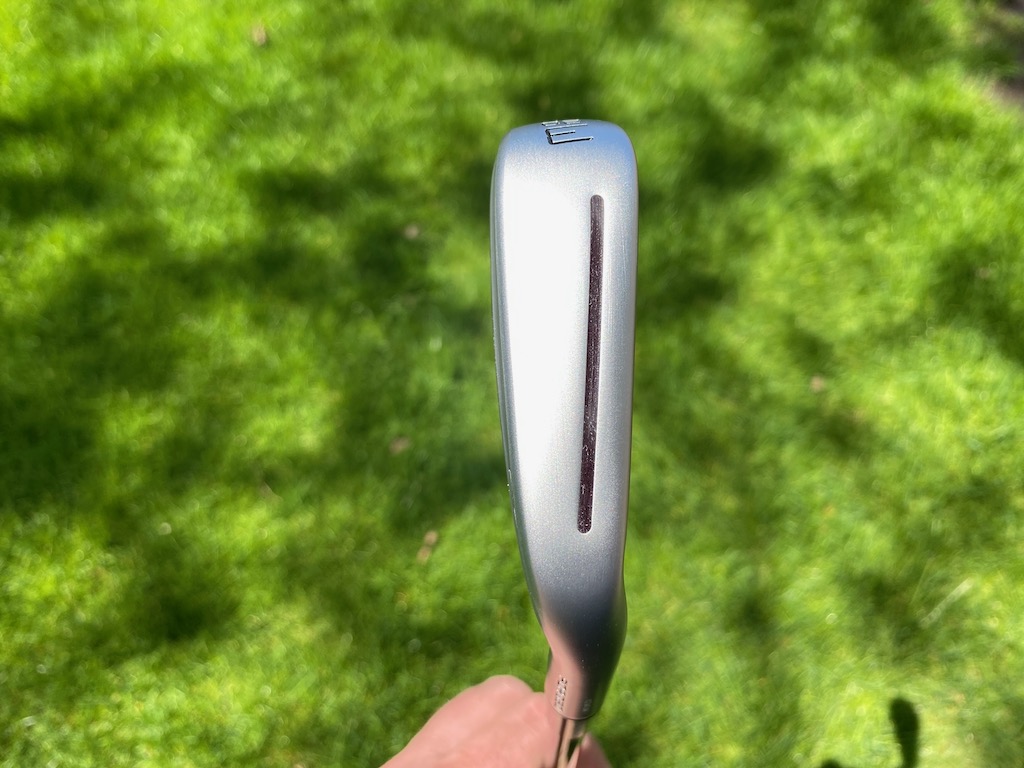

TaylorMade PDHY
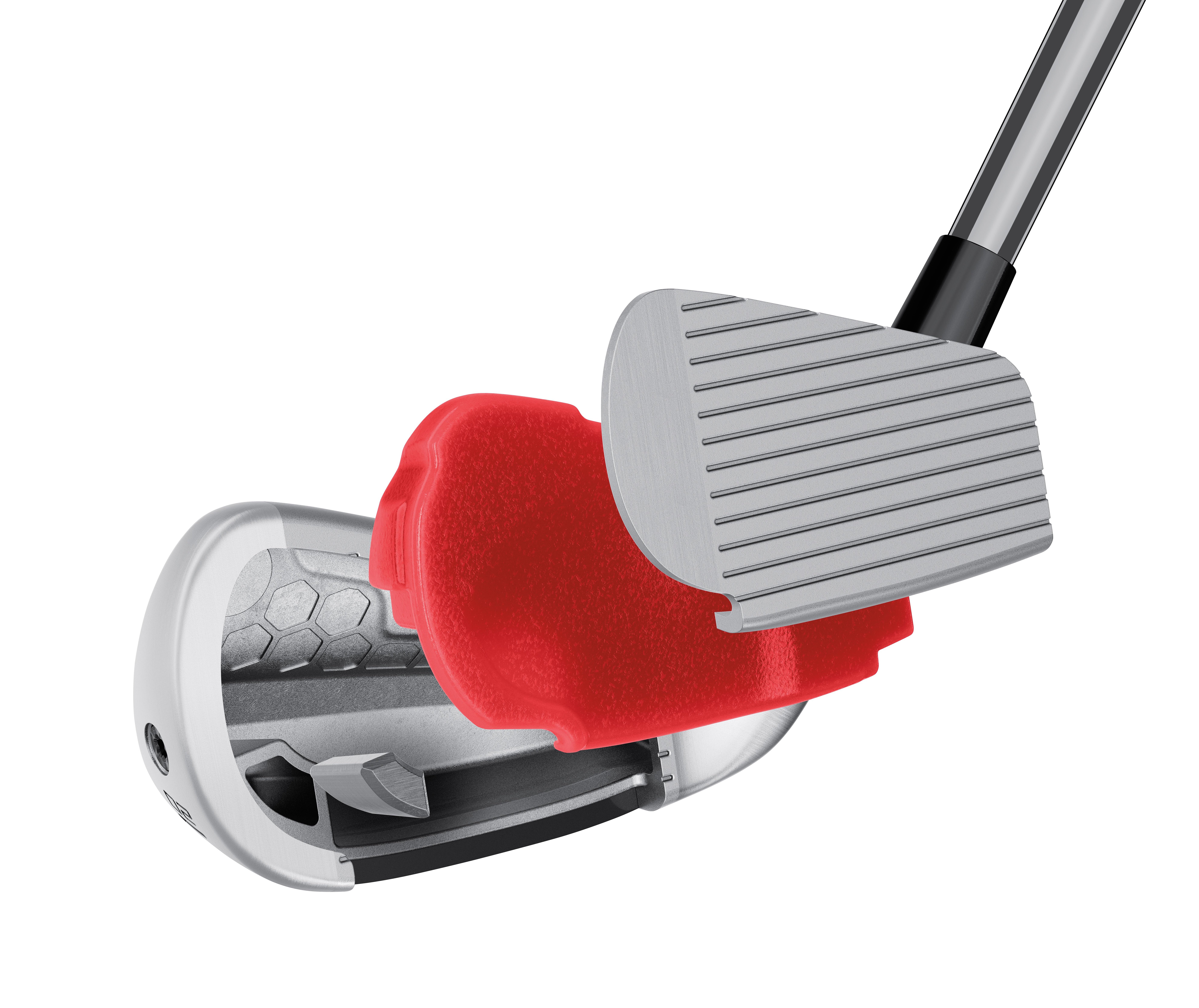
TaylorMade PDHY tech cutaway (via TaylorMade).
Larger in profile than the PUDI, the PDHY seeks to position center of gravity (CG) lower in the club for ease of launch. The toe height is larger and the profile is larger at address — roughly five millimeters longer than PUDI — the sole of the club is wider for improved forgiveness.
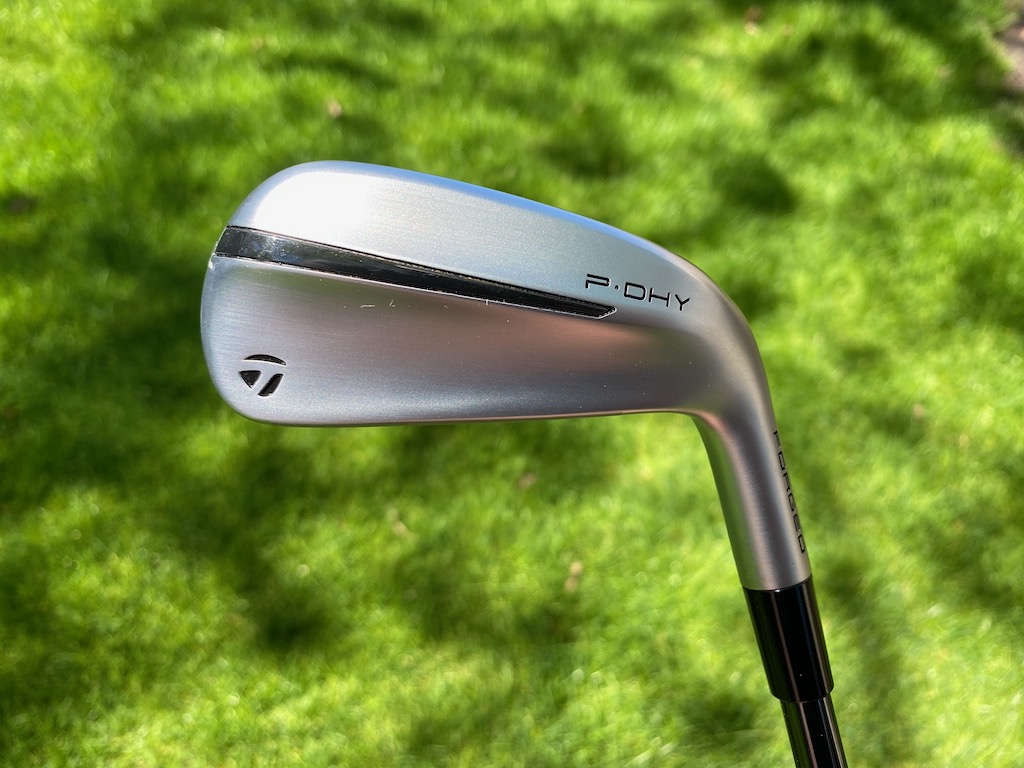



Club Junkie’s take
Golfers who feel like they are missing something at the top of the bag could find the PUDI or PDHY a great option. The look of the PUDI should fit the most discerning eye with a more compact look, less offset, and a thinner topline. If you want a little more confidence looking down the P-DHY will be slightly larger while still being a good-looking utility iron.
For being small packages both models pack a pretty good punch with fast ball speeds, even off-center. The feel is soft and you get a solid feel of the ball compressing off the face when you strike it well. Your ears are greeted with a nice heavy thud as the ball and club come together. The PDHY will launch a little higher for players who need it while the PUDI offers a more penetrating ball flight. Both utility irons could be the cure for an open spot in the top end of the bag.
PUDI, PDHY, or Rescue?
TaylorMade offers the following notes to assist golfers in filling out their bags:
- PUDI has mid-CG right behind the center face to create a more penetrating mid-to-low ball flight
- PDHY has a lower center of gravity to produce an easier-to-launch mid-to-high ball flight.
- Both PUDI and PDHY are lower-flying than the company’s hybrid/Rescue clubs.
- PUDI is more forgiving than P790.
- PDHY is the most forgiving iron in the entire TaylorMade iron family
Pricing, specs, and availability
Price: $249.99
At retail: Now
Stock shafts: UST Mamiya’s Recoil DART (105 X, 90 S and 75 R – only in PDHY)
Stock grip: Golf Pride’s ZGrip (black/grey)
PUDI lofts: 2-17°, 3-20°, 4-22° in both left and right-handed
PDHY lofts: 2-18°, 3-20° and 4-22° in both left and right-handed
- LIKE15
- LEGIT5
- WOW4
- LOL4
- IDHT1
- FLOP2
- OB3
- SHANK5
Equipment
Coolest thing for sale in the GolfWRX Classifieds (5/3/24): Scotty Cameron Champions Choice 2.5+ putter

At GolfWRX, we are a community of like-minded individuals that all experience and express our enjoyment of the game in many ways.
It’s that sense of community that drives day-to-day interactions in the forums on topics that range from best driver to what marker you use to mark your ball. It even allows us to share another thing we all love – buying and selling equipment.
Currently, in our GolfWRX buy/sell/trade (BST) forum, there is a listing for a Scotty Cameron Champions Choice 2.5+ putter
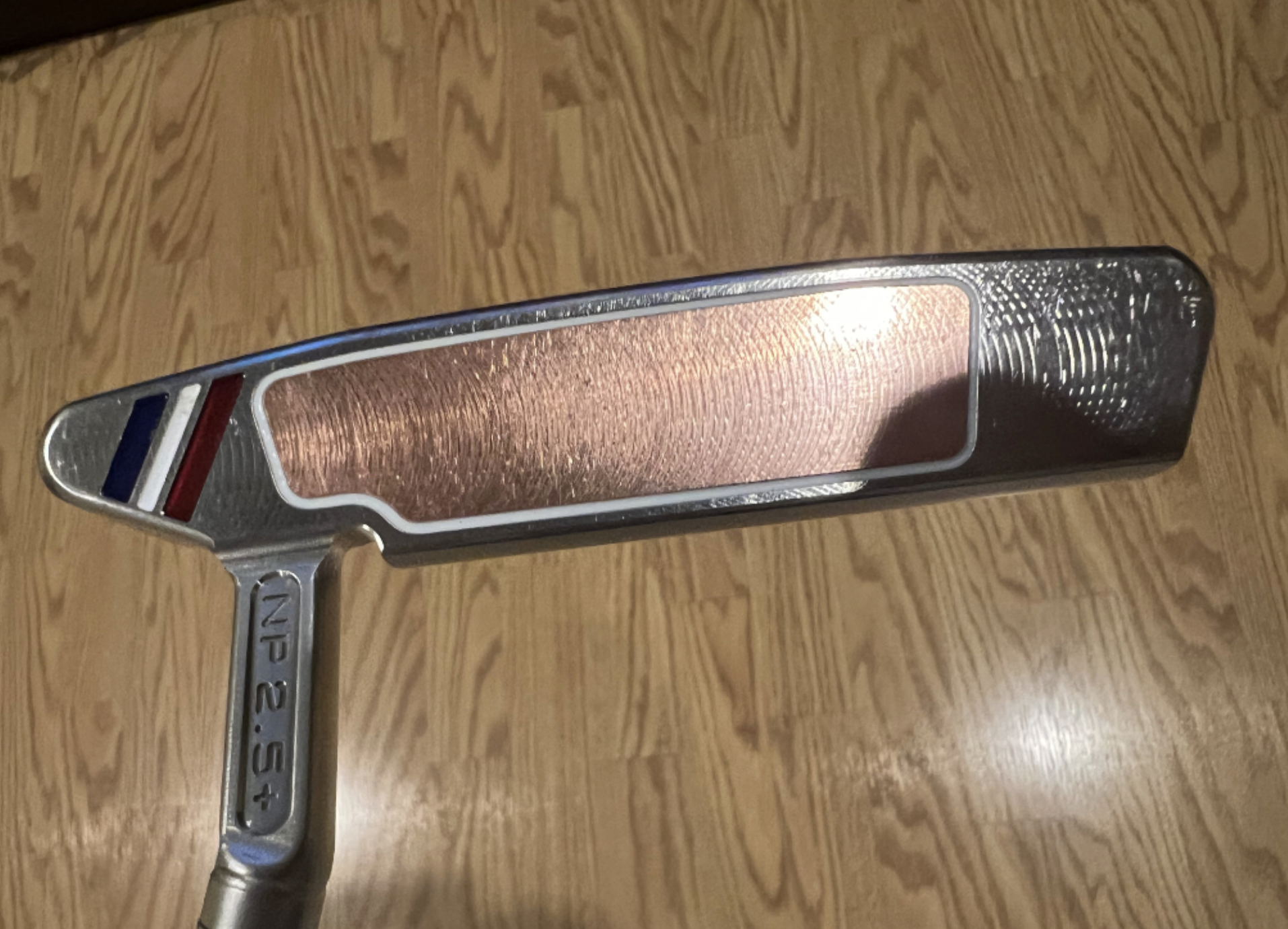
From the seller: (@wwcl): “Has been gamed as pics show. 33.5 includes original h/c and grip. $575 includes shipping and PP fees.”
To check out the full listing in our BST forum, head through the link: Scotty Cameron Champions Choice 2.5+ putter
This is the most impressive current listing from the GolfWRX BST, and if you are curious about the rules to participate in the BST Forum you can check them out here: GolfWRX BST Rules
- LIKE1
- LEGIT1
- WOW0
- LOL0
- IDHT0
- FLOP0
- OB0
- SHANK0
-

 19th Hole2 weeks ago
19th Hole2 weeks agoJustin Thomas on the equipment choice of Scottie Scheffler that he thinks is ‘weird’
-

 19th Hole2 weeks ago
19th Hole2 weeks ago‘Absolutely crazy’ – Major champ lays into Patrick Cantlay over his decision on final hole of RBC Heritage
-

 19th Hole3 weeks ago
19th Hole3 weeks agoTwo star names reportedly blanked Jon Rahm all week at the Masters
-

 19th Hole3 weeks ago
19th Hole3 weeks agoReport: LIV Golf identifies latest star name they hope to sign to breakaway tour
-

 19th Hole3 weeks ago
19th Hole3 weeks agoNeal Shipley presser ends in awkward fashion after reporter claims Tiger handed him note on 8th fairway
-

 19th Hole3 weeks ago
19th Hole3 weeks agoBrandel Chamblee has ‘no doubt’ who started the McIlroy/LIV rumor and why
-

 19th Hole1 week ago
19th Hole1 week agoLET pro gives detailed financial breakdown of first week on tour…and the net result may shock you
-

 Equipment3 weeks ago
Equipment3 weeks agoJason Day on his recent switch into Srixon ZX5 and ZX7 Mk II irons

